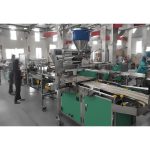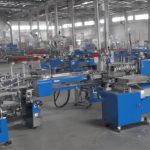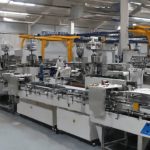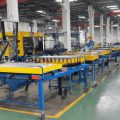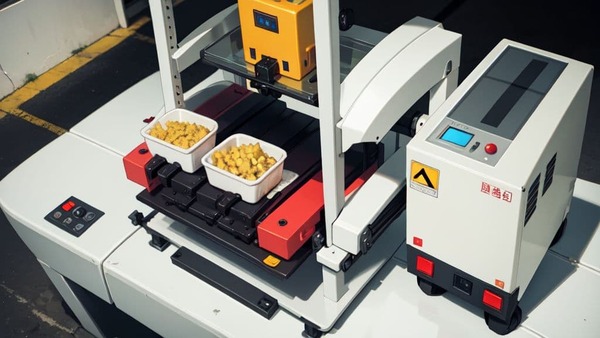
Introduction to ALU Packaging
In the world of pharmaceutical and consumer goods, packaging plays a crucial role in ensuring product safety, integrity, and longevity. One of the most reliable and widely used methods is ALU packaging. This type of packaging is particularly popular for its durability and protective qualities. But what exactly is ALU packaging, and how does it benefit various industries? In this article, we will delve into the intricacies of ALU packaging, exploring its components, benefits, and the role of the acg blister packing machine in its production.
Understanding ALU Packaging
What is ALU Packaging?
ALU packaging, short for aluminum packaging, involves the use of aluminum materials to encase products. This type of packaging is known for its excellent barrier properties, which protect contents from moisture, light, and oxygen. These characteristics make ALU packaging ideal for sensitive products like pharmaceuticals, food items, and cosmetics.
Components of ALU Packaging
ALU packaging typically consists of a combination of aluminum foil and other materials such as plastic or paper. The aluminum layer acts as a barrier, while the additional layers provide structural support and printability. This multi-layered approach ensures that the packaging is both robust and versatile, catering to various industry needs.
Benefits of ALU Packaging
Enhanced Product Protection
One of the primary advantages of ALU packaging is its ability to protect products from external factors. The aluminum layer effectively blocks out moisture, light, and oxygen, which can degrade the quality of the contents. This is particularly important for pharmaceuticals, where maintaining the integrity of the product is crucial for patient safety.
Extended Shelf Life
Thanks to its superior barrier properties, ALU packaging significantly extends the shelf life of products. By preventing exposure to harmful elements, it ensures that products remain fresh and effective for longer periods. This is a significant benefit for both manufacturers and consumers, as it reduces waste and enhances customer satisfaction.
Sustainability
ALU packaging is also an environmentally friendly option. Aluminum is a recyclable material, and many ALU packaging solutions are designed to be easily recycled. This reduces the environmental impact of packaging waste and supports sustainable practices within the industry.
The Role of ACG Blister Packing Machine
Introduction to ACG Blister Packing Machine
The acg blister packing machine is a state-of-the-art device used in the production of ALU packaging. This machine is designed to create blister packs, which are a common form of ALU packaging used for pharmaceuticals and other small items. The acg blister packing machine offers precision, efficiency, and reliability, making it an essential tool in the packaging industry.
How ACG Blister Packing Machine Works
The acg blister packing machine operates by forming cavities in a sheet of aluminum or plastic, which are then filled with the product. Once filled, the cavities are sealed with a layer of aluminum foil, creating a secure and tamper-evident package. This process ensures that each blister pack is uniform and provides maximum protection for the contents.
Advantages of Using ACG Blister Packing Machine
Using an acg blister packing machine offers several benefits. Firstly, it enhances production efficiency by automating the packaging process, reducing the need for manual labor. Secondly, it ensures consistency and quality in each blister pack, which is crucial for maintaining product standards. Lastly, the machine’s precision reduces material waste, making it a cost-effective and environmentally friendly option.
Conclusion
ALU packaging is a versatile and reliable solution for protecting sensitive products from external factors. Its superior barrier properties, combined with the efficiency of the acg blister packing machine, make it an ideal choice for various industries. By understanding the benefits and components of ALU packaging, manufacturers can make informed decisions to enhance product safety, extend shelf life, and support sustainable practices. As technology continues to advance, we can expect ALU packaging to remain a cornerstone of modern packaging solutions.
